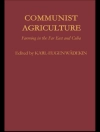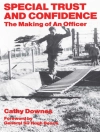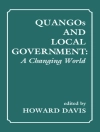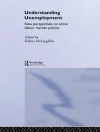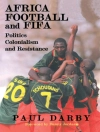International Conflict: Logic and Evidence is based on the premise that proper understanding of international conflict – a necessary prerequisite for achieving peace – can come only from logic and evidence, not from opinion and anecdote. This groundbreaking book introduces students to international conflict’s key theories and empirical research. Throughout the text, author Stephen L. Quackenbush gives examples that enable readers to see the theory in real-world events, and p...
Table des matières
Part I: Foundations
Chapter 1: The Scientific Study of War
What Is Science?
The Scientific and Classical Approaches
Levels of Analysis
Dangerous Dyads
A Proc...
A propos de l’auteur
Stephen L. Quackenbush is Associate Professor of Political Science at the University of Missouri. His research and teaching focuses on international conflict. S...


